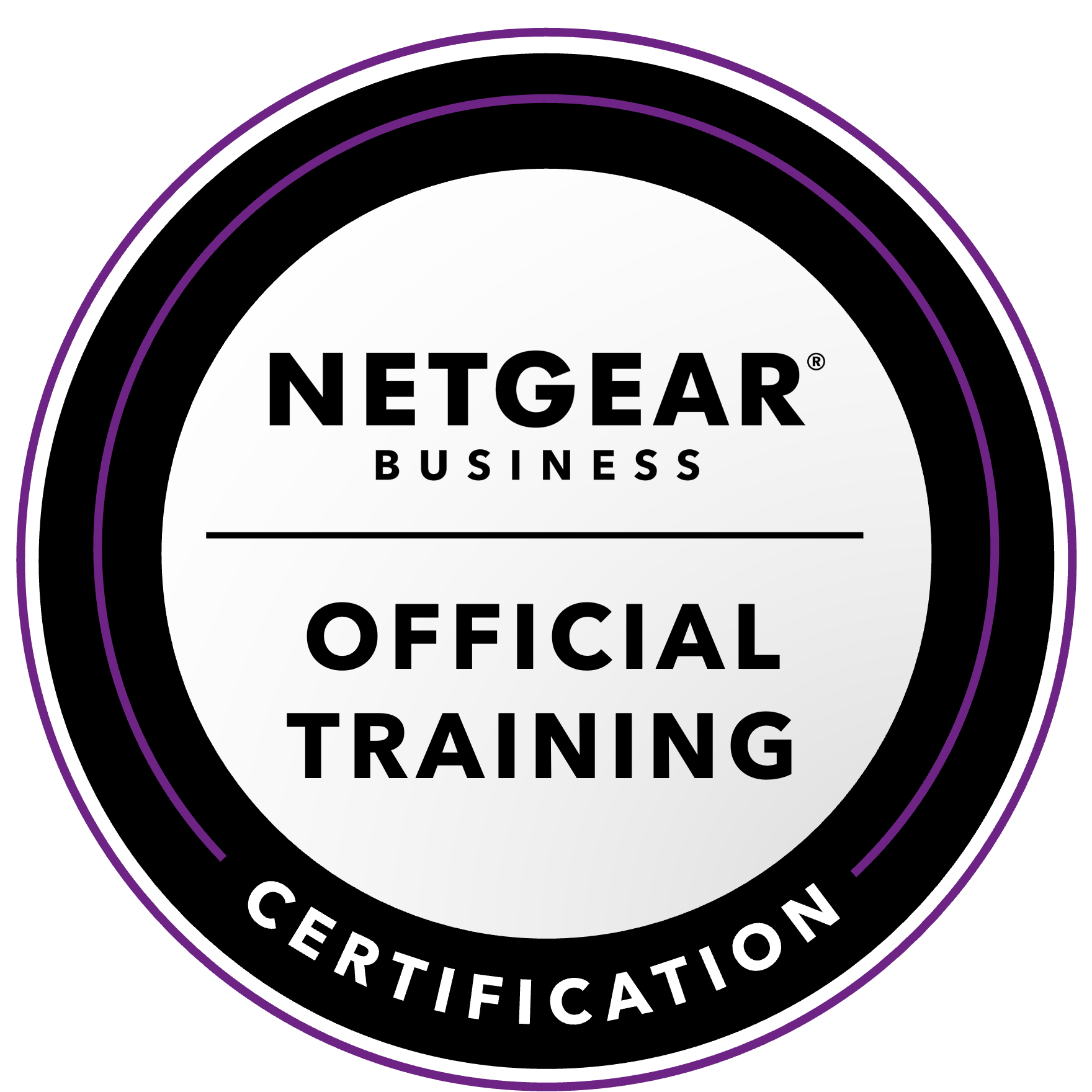NETGEAR is aware of a growing number of phone and online scams. To learn how to stay safe click here.
Forum Discussion
dazzler323
Mar 08, 2019Aspirant
ReadyNAS 516 Disk Upgrades
Hi all,
I'm looking for some advice on the best procedure for upgrading (replacing) a number of disks in my RN516 running latest firmware 6.10.
The current disk and volume configuration is :-
Bay 1 - 3TB RAID-5 /vol1
Bay 2 - 3TB RAID-5 /vol1
Bay 3 - 3TB RAID-5 /vol1
Bay 4 - Empty
Bay 5 - 6TB RAID-1 /vol3
Bay 6 - 6TB RAID-1 /vol3
and the final configuration will be :-
Bay 1 - 3TB RAID-1 /vol1 (rebuild existing)
Bay 2 - 3TB RAID-1 /vol1 (rebuild existing)
Bay 3 - 8TB RAID-1 /vol2 (new disk)
Bay 4 - 8TB RAID-1 /vol2 (new disk)
Bay 5 - 6TB RAID-1 /vol3 (existing unchanged)
Bay 6 - 6TB RAID-1 /vol3 (existing unchanged)
I have a backup of /vol1 data on an external USB drive in preparation however I'm not sure what will happen from a ReadyNAS OS & config point of view when /vol1 is destroyed and rebuild.
I understand the ReadyNAS OS & config is likely to reside somewhere on /vol1, so assuming this is correct can it be moved to /vol3 prior to reconfiguring /vol1?
I have a good grasp of the underlying Linux OS so comfortable using CLI if needed.
Thanks in advance.
Regards
Darren
The OS is in it's own partition on every disk, so that is not a concern.
But apps are installed to one of the data volumes. But if you have multiple data volumes, the system should migrate them to a different volume if you destroy the one hosting the apps. I haven't done this recently, but I did do it some time ago, and it worked. However, if you want to be 100% safe you could uninstall apps first, and reinstall them at the end.
Since you can't shrink a volume from the web UI, you will need to destroy and re-create volume 1. Then you can build a fresh volume 3. You could potentially shrink it from the CLI, but I suggest just doing it from the admin ui.
So the process might look like this:
- backup vol1 (already done)
- document share configuration and apps
- uninstall apps
- destroy vol1
- remove disk 3
- recreate vol1 as RAID-1
- recreate vol1 shares and restore data
- reinstall apps
- insert new disks 3 and 4
- create volume 3 as RAID-1
With steps 3 and 8 just being done for safety.
As you likely know, you'd have 9 TB more capacity in your final setup if you simply used XRAID.
3 Replies
Replies have been turned off for this discussion
- StephenBGuru - Experienced User
The OS is in it's own partition on every disk, so that is not a concern.
But apps are installed to one of the data volumes. But if you have multiple data volumes, the system should migrate them to a different volume if you destroy the one hosting the apps. I haven't done this recently, but I did do it some time ago, and it worked. However, if you want to be 100% safe you could uninstall apps first, and reinstall them at the end.
Since you can't shrink a volume from the web UI, you will need to destroy and re-create volume 1. Then you can build a fresh volume 3. You could potentially shrink it from the CLI, but I suggest just doing it from the admin ui.
So the process might look like this:
- backup vol1 (already done)
- document share configuration and apps
- uninstall apps
- destroy vol1
- remove disk 3
- recreate vol1 as RAID-1
- recreate vol1 shares and restore data
- reinstall apps
- insert new disks 3 and 4
- create volume 3 as RAID-1
With steps 3 and 8 just being done for safety.
As you likely know, you'd have 9 TB more capacity in your final setup if you simply used XRAID.
- dazzler323Aspirant
Hi Stephen,
appreciate the response. Good to know the OS is written to each disk - makes sense.
So far so good with your suggested approach. I did however skip removing the apps prior which in hindsight I should have done.
It appears Frontview attempted to remove the apps when vol1 was destroyed however it didn't to it completely and left the Frontview apache config in a broken state as was still trying to include app config files which were now missing. I've fixed manually for the time being but not sure what will happen once I reboot the NAS attempt to reinstall apps.
It appears the Home Folders share was moved to /vol3 when /vol1 was destroyed however the systemd unit file (home.mount) was not updated so another manual fix was required. Unsure if this would have been corrected with a reboot??
The new 8TB disks are currently 90% through syncing so will let them finish before rebooting and messing with anything further.
Regarding your other comment, I appreciate that using X-RAID would provide more usuable space however I'm not a real fan of black boxes where I don't understand the internals. I kinda feel like to trust X-RAID is to believe in Santa Claus and the Tooth Fairy! I was also unsure how it would handle with such disparate disk sizes.
In contrast I find great confort in being able to connect my RAID-1 NAS disks to any old Linux box to restore data if needed. In the case of my ReadyNAS dying, my understanding of X-RAID is that I'd need another compatible (6+ bay) ReadyNAS in order to access my data.
Regards
Darren
- StephenBGuru - Experienced User
dazzler323 wrote:
Regarding your other comment, I appreciate that using X-RAID would provide more usuable space however I'm not a real fan of black boxes where I don't understand the internals. I kinda feel like to trust X-RAID is to believe in Santa Claus and the Tooth Fairy! I was also unsure how it would handle with such disparate disk sizes.
If you read through the flexraid optimization guide, you'll get a pretty good sense on what it is automating. https://www.netgear.com/images/support/WP_ReadyNAS%20FlexRAID%20Optimization%20Guide_18May17.pdf
With disparate drive sizes, it creates multiple RAID groups (think of them as layers) and then concatenates them together. With 2x3TB+2x6TB+2x8TB you'd end up with three groups on a new volume:
6x3TB RAID-5 spanning all disks
4x3TB RAID-5 spanning the 6 and 8 TB disks
2x2TB RAID-1 spanning the 2 TB disks.
Once created, these groups remain over the life of the volume. That is, if you later on upgraded all the disks to 8 TB, you'd still have 3 RAID groups, but they'd all span all 6 drives (and they would all be RAID-5). This is all done with standard linux RAID tools.
dazzler323 wrote:
In the case of my ReadyNAS dying, my understanding of X-RAID is that I'd need another compatible (6+ bay) ReadyNAS in order to access my data.
If you can connect all the disks to linux system, you can mount the X-RAID volume and offload the data.
You can't migrate the disks to another NAS vendor's system (whether you use xraid or not).
dazzler323 wrote:
In contrast I find great confort in being able to connect my RAID-1 NAS disks to any old Linux box to restore data if needed.
As noted above, you can still manually mount the XRAID volume in a linux box. But it is true that RAID-1 is simplest to recover, since you only need to connect one disk at a time. You still need a backup plan - there are failure modes that could destroy your volumes, and RAID recovery isn't always successful.
I personally just use XRAID, and would restore data from one of my backups if the volume failed. I have used JBOD (one disk per volume) on backup NAS - I still do that on an old Duo v1 which is a secondary backup.
Related Content
NETGEAR Academy

Boost your skills with the Netgear Academy - Get trained, certified and stay ahead with the latest Netgear technology!
Join Us!
